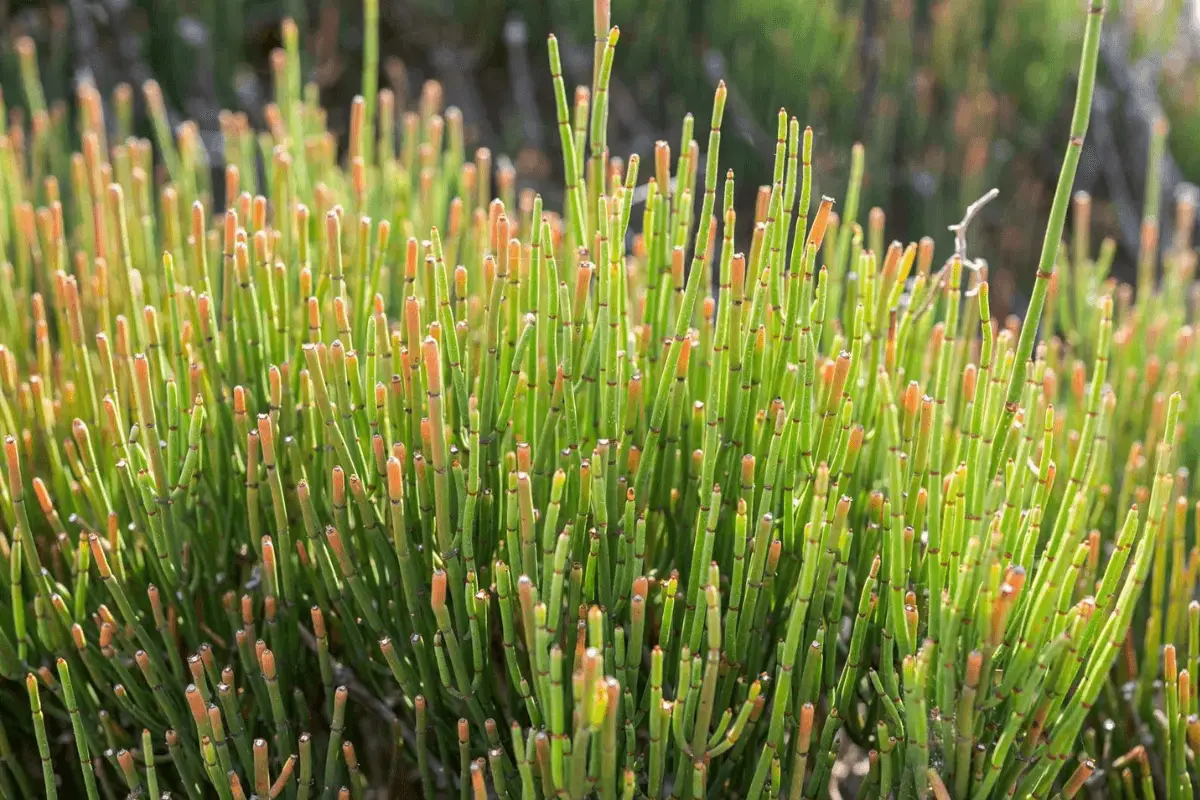TheHerbProf.com is a treasure trove of knowledge for those interested in natural healing and herbal remedies. The website is run by Paul Johnston MD. A naturopathic who has not only received extensive education in the field but also has personal experience in self-healing.
Ephedra also know as Ma Huang is a genus of plants that has been used for medicinal purposes for centuries. The plant contains ephedrine, a compound known for its stimulant effects, which has been used to treat various conditions such as asthma, colds, and flu. However, the use of ephedra has been controversial due to its potential side effects.
In the United States, ephedra supplements were banned in 2004 by the Food and Drug Administration (FDA) due to the serious health risks associated with their use. These risks include high blood pressure, heart attacks, seizures, strokes, irregular heartbeat, and even death. Despite the ban, some people still use Ma Huang supplements for weight loss and athletic performance enhancement, which can be dangerous.
It’s important to note that ephedra is not a safe supplement and should not be used without the guidance of a healthcare professional. While ephedra may have some potential benefits, the risks associated with its use outweigh any potential benefits. Anyone considering using Ma Huang supplements should talk to their healthcare provider first to discuss the potential risks and benefits.
Historical Context
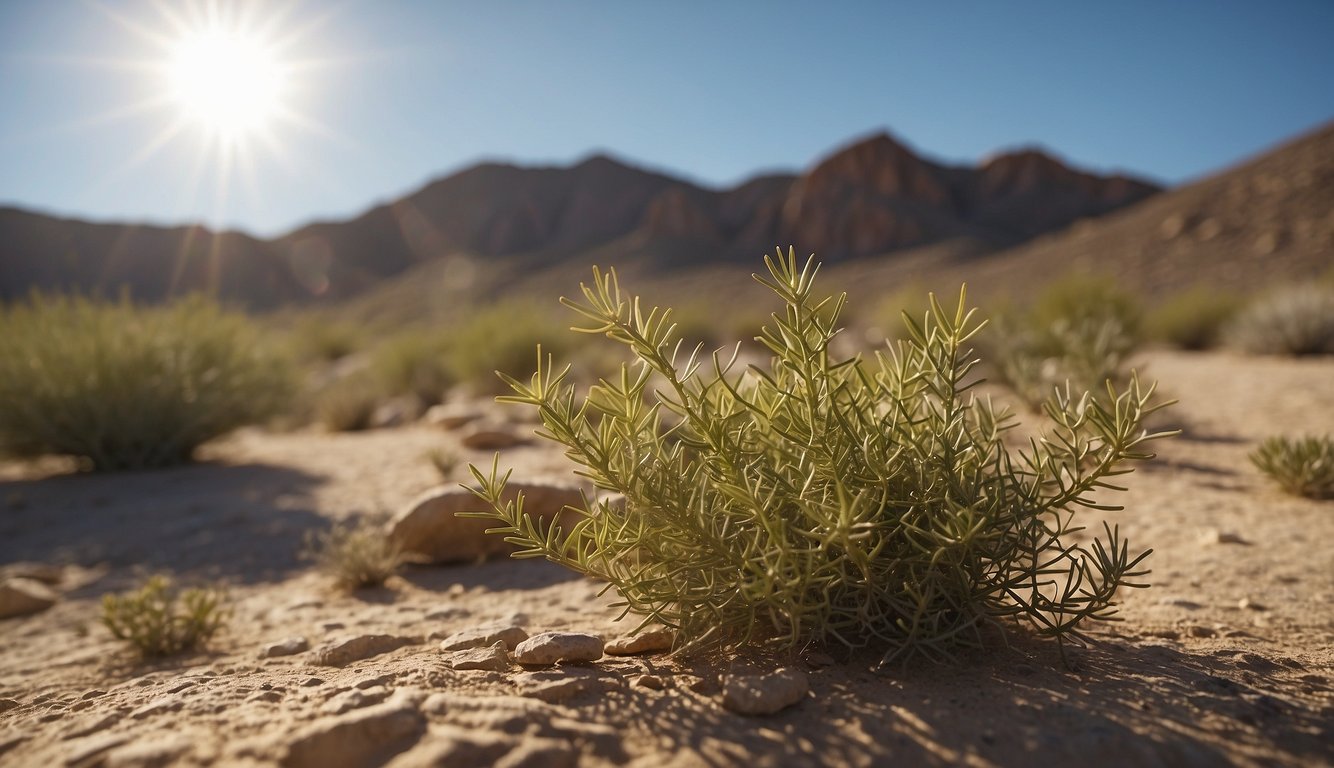
Ma Huang has a long history of use in traditional medicine, particularly in China. The Chinese herb, also known as Ma Huang, has been used for thousands of years to treat a variety of ailments, including asthma, colds, and flu. It is believed to have a warming effect on the body and is often used to induce sweating and break a fever.
Traditional Uses in Chinese Medicine
In Chinese medicine, Ephedra is believed to have a number of therapeutic properties. It is traditionally used to treat respiratory conditions such as asthma and bronchitis, as well as to relieve nasal congestion and coughs. It is also used as a diaphoretic to induce sweating and as a diuretic to increase urine production.
Ma Huang is also believed to have a stimulant effect on the central nervous system, which makes it useful for treating fatigue and improving mental clarity. It is also used to treat edema, as well as to relieve the symptoms of allergies and hay fever.
Ephedra in Western Medicine
Ephedra has been used in Western medicine since the early 20th century. It was first introduced as a treatment for asthma and other respiratory conditions, and later became popular as a weight loss supplement.
In the early 2000s, concerns about the safety of Ephedra began to emerge. Studies showed that it could increase the risk of heart attack, stroke, and other serious health problems. As a result, the US Food and Drug Administration (FDA) banned the sale of Ephedra-containing supplements in 2004.
Despite its controversial history, Ma Huang remains an important herb in traditional Chinese medicine. Its therapeutic properties continue to be studied and its use is still widespread in Asia, particularly in China and Iran.
Botanical Description
Genus and Species
I am going to describe the botanical features of the Ephedra plant. Ma Huang is a genus of gymnosperm shrubs that belongs to the family Ephedraceae. The genus has about 65 species of shrubs that are distributed in dry regions in both the Eastern and Western hemispheres. Ephedra is an evolutionarily isolated group and is the only genus in the order Ephedrales (division Gnetophyta). The plant is commonly known as jointfir, Mormon tea, or desert tea.
Geographical Distribution
Ma Huang is widely distributed in many arid regions of the world, ranging across southwestern North America, southern Europe, northern Africa, southwest and central Asia, northern China, and western South America. In North America, the plant is found in the desert regions of the southwest, including the Mojave, Sonoran, and Chihuahuan Deserts. In South America, the plant is found in the Atacama Desert of Chile and Peru.
The plant is adapted to arid environments and can grow in a variety of soils, including sandy, rocky, and gravelly soils. The plant has a deep root system that allows it to access water from deep in the soil. The leaves of the plant are reduced to scales, and the stems are green and photosynthetic. The stems are often jointed and have a woody texture. The plant produces small, inconspicuous flowers that are wind-pollinated. The fruit is a small, dry, cone-like structure that contains seeds.
Ma Huang is a fascinating plant that is widely distributed in arid regions of the world. It belongs to the family Ephedraceae and has about 65 species of shrubs. The plant is adapted to arid environments and has a deep root system that allows it to access water from deep in the soil. The stems are often jointed and have a woody texture. The plant produces small, inconspicuous flowers that are wind-pollinated, and the fruit is a small, dry, cone-like structure that contains seeds.
Pharmacology
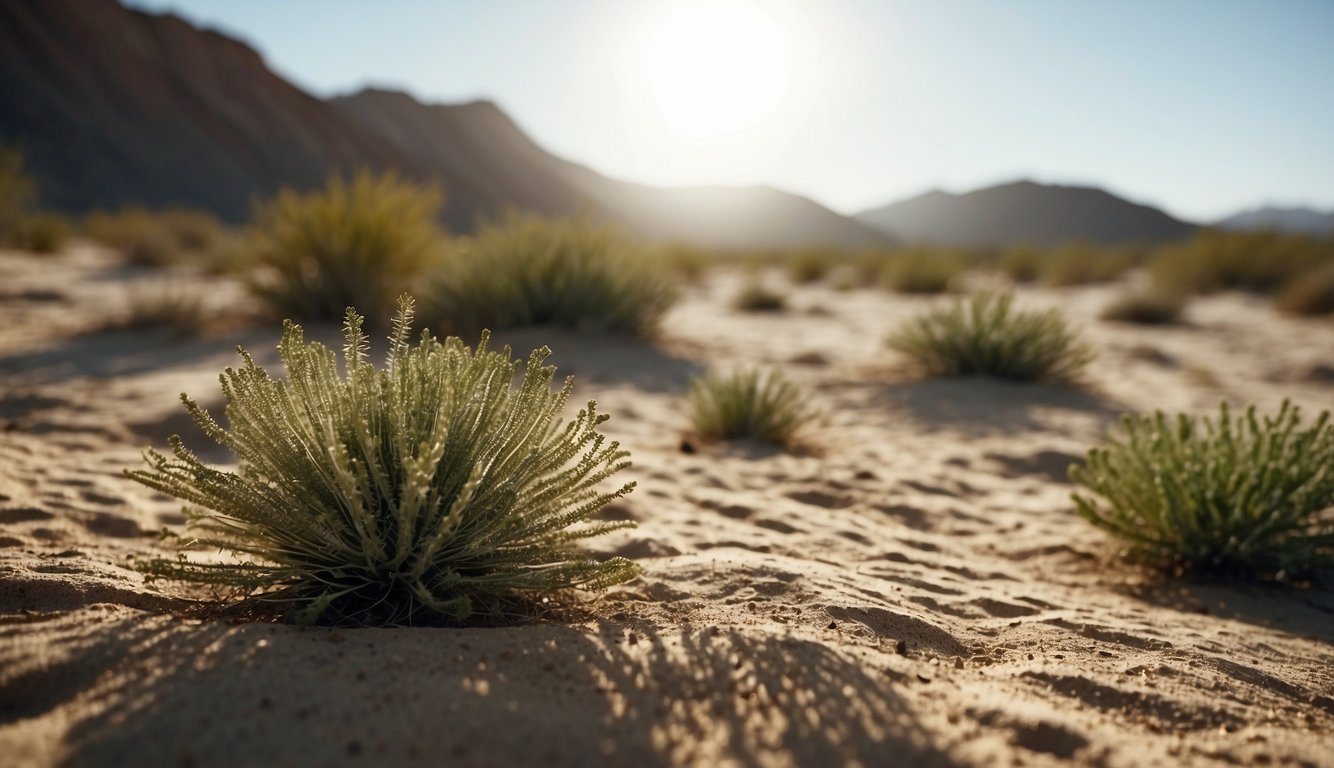
Ma Huang contains several alkaloids, with ephedrine being the most abundant and well-known one. Other alkaloids found in Ephedra include pseudoephedrine, norephedrine, and methylephedrine.[1]
Ephedrine Alkaloids
Ephedrine alkaloids are sympathomimetic amines that stimulate the central nervous system by binding to adrenergic receptors. They are structurally similar to amphetamines and have both alpha and beta adrenergic activity.[2]
Mechanism of Action
Ephedrine alkaloids increase the release of norepinephrine from presynaptic nerve endings, leading to increased sympathetic activity. This results in increased heart rate, blood pressure, and bronchodilator.[3]
Interactions with Other Stimulants
Ephedrine alkaloids can interact with other stimulants, such as caffeine, to increase the risk of adverse effects on the cardiovascular system.[4]
Ma Huang contains several alkaloids, with ephedrine being the most abundant and well-known one. Ephedrine alkaloids are sympathomimetic amines that stimulate the central nervous system by binding to adrenergic receptors. They increase the release of norepinephrine from presynaptic nerve endings, leading to increased sympathetic activity. Ephedrine alkaloids can interact with other stimulants, such as caffeine, to increase the risk of adverse effects on the cardiovascular system.
Footnotes
- Ephedrae Herba: A Review of Its Phytochemistry, Pharmacology, Clinical Application, and Alkaloid Toxicity
- Ephedra: Uses, Interactions, Mechanism of Action | DrugBank Online
- Phytochemistry and pharmacology of genus Ephedra – PubMed
- Ephedrae herba: A comprehensive review of its traditional uses … – PubMed
Health Benefits
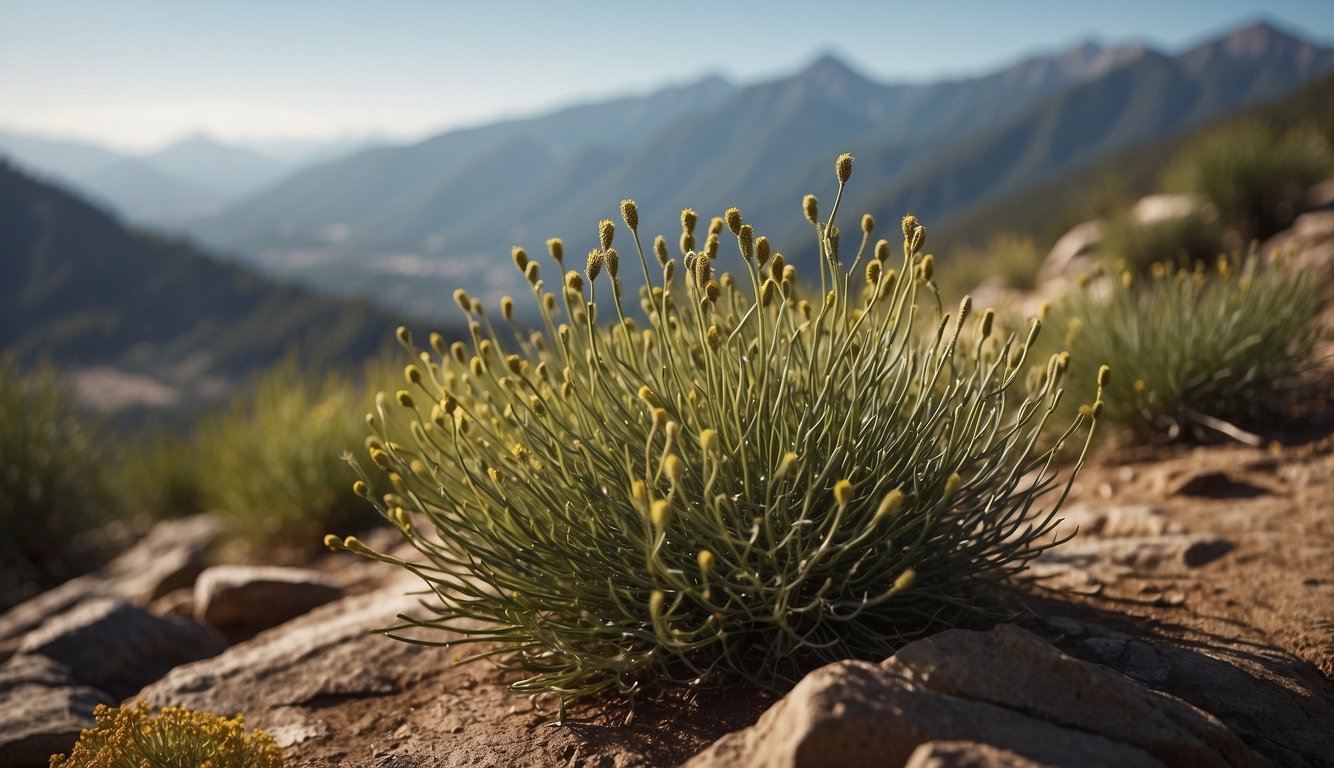
Ephedra, also known as Mormon tea, has been used for centuries in traditional Chinese medicine to treat various conditions such as colds, fever, headaches, coughing, wheezing, and allergies. In recent years, it has gained popularity as a dietary supplement for weight loss and athletic performance.
Weight Loss
Ma Huang is believed to aid in weight loss by increasing metabolism and suppressing appetite. Its active compound, ephedrine, stimulates the central nervous system and increases the body’s metabolic rate, leading to an increase in calorie burn. However, it is important to note that the use of ephedra for weight loss is controversial and has been banned by the FDA due to safety concerns.
Athletic Performance
Ephedra has also been used by athletes to enhance performance. It is believed to increase energy levels and endurance, allowing athletes to train harder and longer. However, it is important to note that the use of ephedra for athletic performance is also controversial and has been banned by many sports organizations due to safety concerns.
Respiratory Support
Ma Huang has been traditionally used to treat respiratory conditions such as asthma and bronchitis. Its active compounds, ephedrine and pseudoephedrine, are known for their bronchodilator and decongestant properties. However, it is important to note that the use of ephedra for respiratory support is controversial and should only be done under the supervision of a healthcare professional.
While Ma Huang has been traditionally used for various health conditions, its use as a dietary supplement for weight loss and athletic performance is controversial and has been banned by the FDA and many sports organizations. Its use for respiratory support should only be done under the supervision of a healthcare professional.
Safety and Regulation
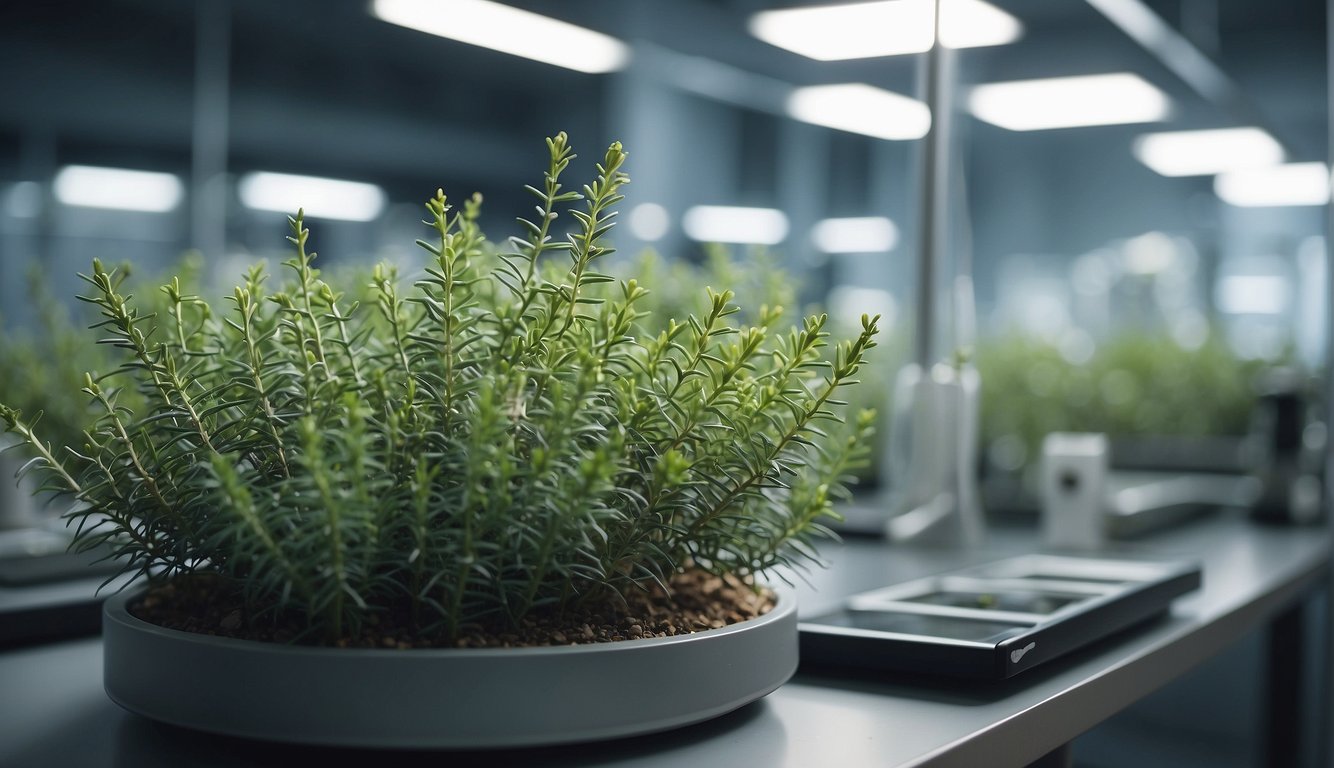
As a dietary supplement, Ephedra has been the subject of much controversy and scrutiny due to its potential safety concerns. In the United States, the U.S. Food and Drug Administration (FDA) has banned the sale of dietary supplements containing ephedrine alkaloids due to serious side effects such as strokes, irregular heartbeat, heart palpitations, and even death.
FDA Oversight
The FDA has taken a strong stance on regulating Ephedra due to its potential health risks. In 2004, the FDA banned the sale of dietary supplements containing ephedrine alkaloids. Additionally, the FDA has issued warnings to consumers about the potential dangers of using Ephedra-containing products.
Adverse Effects and Contraindications
Ma Huang has been associated with a number of adverse effects, including vomiting, headache, seizures, heart attack, and stroke. Individuals with certain medical conditions, such as heart disease, high blood pressure, diabetes, and those taking certain medications, should avoid using Ephedra.
Legal Status
The use of Ephedra as a dietary supplement is illegal in the United States. However, it is still available for use as a decongestant and in certain therapeutic settings. It is important to note that while Ephedra may have some therapeutic effects, it should only be used under the guidance of a medical professional.
In conclusion, while Ephedra may have some efficacy as a supplement, its potential safety concerns have led to its ban as a dietary supplement in the United States. It is important to seek medical advice before using any complementary or alternative supplements, and to only order supplements from reputable sources. For more information on the safety and regulation of Ephedra, please visit the Office of Dietary Supplements (ODS) and the National Center for Complementary and Alternative Medicine.
Ephedra Consumer Information
As a dietary supplement, Ephedra is used for weight loss and athletic performance. It is also used for allergies, nasal congestion, asthma, common cold, headache, and other conditions. However, it is important to follow guidelines for use and purchasing to ensure safety and quality.
Guidelines for Use
Before taking Ephedra, it is important to consult with a doctor for medical advice. Ephedra can cause an increase in heart rate, which can be dangerous for people with heart conditions or high blood pressure. It is also important to follow dosage instructions carefully, as taking too much can lead to serious health problems.
In California, Ephedra is regulated as a food and must be labeled with appropriate warnings. It is important to read the label carefully before taking Ephedra and to avoid taking it with other stimulants or caffeine.
Purchasing and Quality Control
When purchasing Ephedra, it is important to buy from a reputable source. Look for a website or store that has good reviews and a history of selling high-quality supplements. It is also important to check for regulation and quality control measures, such as third-party testing and compliance with FDA guidelines.
To ensure safety, it is important to only purchase Ephedra from a trusted source and to follow guidelines for use carefully. By taking these precautions, users can safely and effectively use Ephedra as a dietary supplement.
Ephedra Cultural and Social Considerations

As a substance with a long history of use in traditional medicine, Ephedra has cultural and social considerations that must be taken into account. In this section, I will discuss the impact of Ephedra on sports, public perception, and media.
Ephedra in Sports
Ma Huang has been used in sports for its potential to enhance athletic performance. However, this use has been controversial and has led to scrutiny from organizations such as the International Olympic Committee (IOC) and the National Football League (NFL). The IOC banned the use of Ephedra in 1999, and the NFL followed suit in 2001. Despite these bans, some athletes continue to use Ephedra as a performance-enhancing substance.
Public Perception and Media
Ma Huang has received negative attention from the media due to its potential side effects, including energy, anxiety, and nausea. The use of botanicals such as Ephedra has also been a topic of debate, with some arguing that they should be treated as drugs and regulated accordingly. In addition, the use of Ephedra as a weight loss supplement has been criticized due to the lack of evidence supporting its effectiveness.
To address these concerns, placebo-controlled studies have been conducted to investigate the effects of Ephedra at different doses. These studies have found that Ephedra can increase energy expenditure and promote weight loss, but also have the potential for negative side effects.
Overall, it is important to consider the cultural and social implications of Ephedra use. While it has a long history of use in traditional medicine, its use in sports and as a weight loss supplement has been controversial. Further research is needed to fully understand the effects of Ephedra and to inform regulatory decisions regarding its use.
Ephedra and TheHerbProf.com: An Energizing Encounter!
Ma Huang Excitement: At TheHerbProf.com, we’re all about Ephedra! We delve into its stimulating properties and its role in herbal medicine.
Herbal Highlights: Learn how Ephedra can electrify your herbal routine. It’s not just a plant; it’s a wellness wonder!
Culinary Creations: Ephedra in the kitchen? Absolutely! We share innovative recipes that bring out the best in Ephedra.
Health and Wellness: We’re all about health and wellness, and Ephedra is a key part of this mission. It’s packed with compounds that promote good health.
Community Connection: Join our community of Ma Huang enthusiasts! Share your journey, learn from others, and make some new friends.
So, whether you’re an Ephedra enthusiast or just starting your herbal journey, TheHerbProf.com is your trusty companion. Dive in, explore, and stay healthy!
References:
Little Herb Encyclopedia, by Jack Ritchason; N.D., Woodland Publishing Incorporated, 1995
The Ultimate Healing System, Course Manual, Copyright 1985, Don Lepore
Planetary Herbology, Michael Tierra, C.A., N.D., Lotus Press, 1988
Handbook of Medicinal Herbs, by James A. Duke, Pub. CRP Second Edition 2007
The Complete Medicinal Herbal, by Penelope Ody, Published by Dorling Kindersley
Before You Go – Check the Following Articles!
Frequently Asked Questions – Ephedra
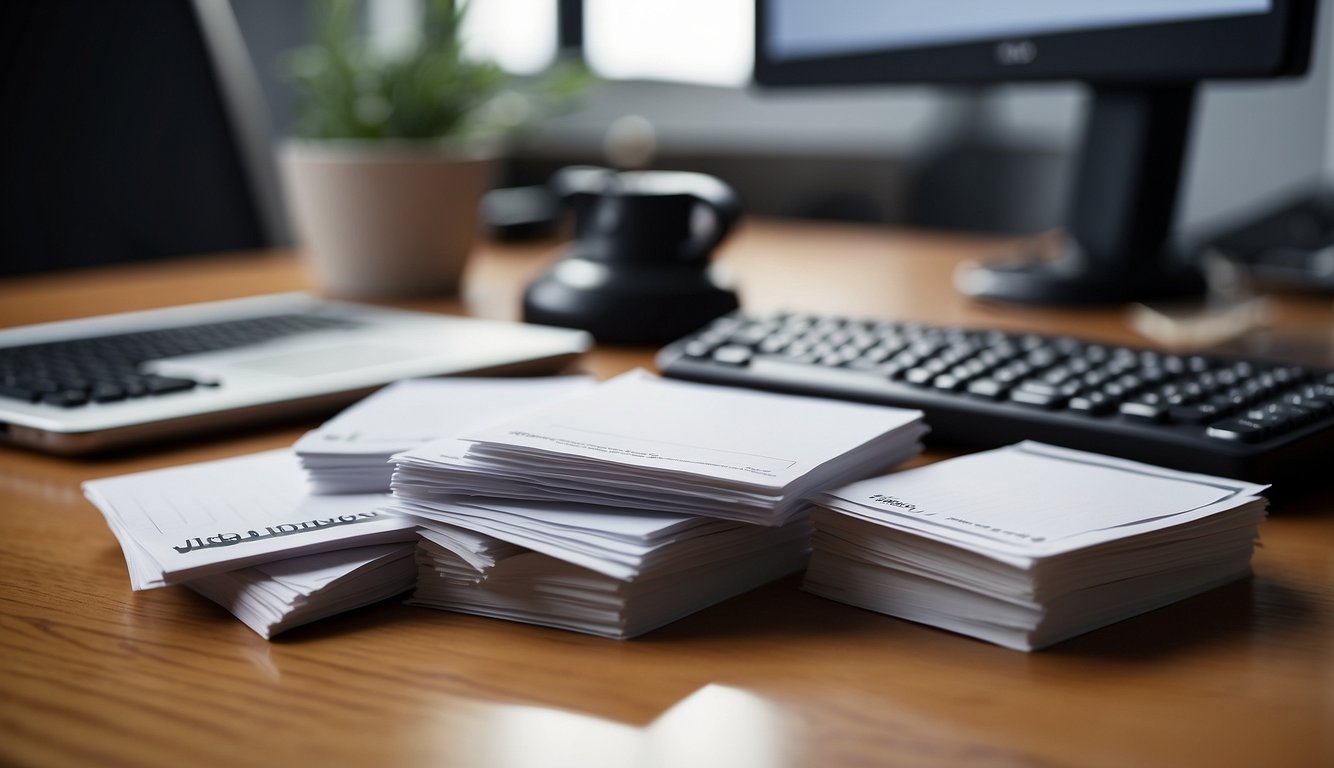
What are the medicinal uses of Ephedra?
Ephedra has been used for centuries in traditional Chinese medicine to treat respiratory conditions like asthma, bronchitis, and hay fever. It is also used as a stimulant to increase energy and alertness.
What are the potential side effects associated with Ephedra consumption?
Ephedra has been associated with a number of potential side effects, including increased blood pressure, heart palpitations, insomnia, nervousness, and headaches. In rare cases, it has been linked to more serious side effects like heart attack, stroke, and seizures.
How does Ephedra contribute to weight loss?
Ephedra is believed to help with weight loss by increasing metabolism and suppressing appetite. However, its effectiveness for weight loss has not been proven and its use for this purpose has been banned in many countries.
What is the difference between Ephedra and ephedrine?
Ephedra is a plant that contains several different alkaloids, including ephedrine. Ephedrine is a synthetic form of ephedra that is used in some over-the-counter medications for asthma and nasal congestion.
What are the legal statuses of Ephedra in various countries?
The legal status of Ephedra varies by country. In the United States, the sale of dietary supplements containing ephedra has been banned since 2004. Now, in Canada, ephedra is classified as a natural health product and can be sold with certain restrictions. In some other countries, ephedra is completely illegal.
How do Ephedra supplements compare to the natural plant?
Ephedra supplements are typically made from extracts of the ephedra plant, and may contain varying amounts of ephedrine and other alkaloids. The potency and purity of these supplements can vary widely, and some may be adulterated with other substances. The natural plant, on the other hand, contains a mix of alkaloids in varying concentrations, and is generally considered safer than ephedra supplements. However, it is important to note that the use of ephedra in any form carries potential risks and should be approached with caution.
